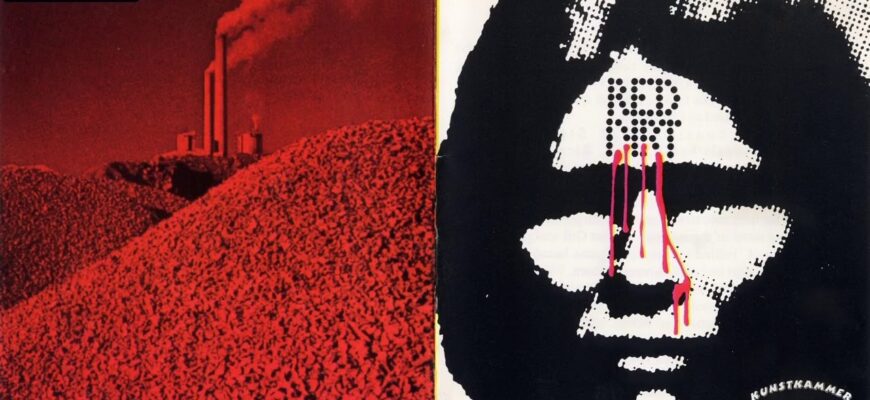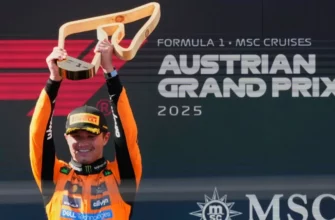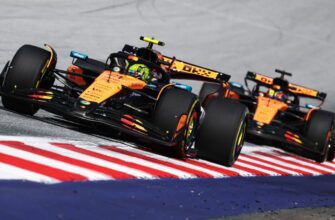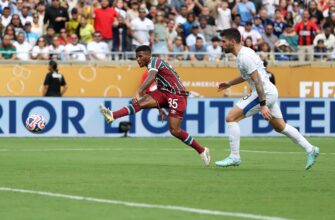Shortly after Aryna Sabalenka secured her remarkable win in Madrid, reporters immediately turned their attention to her upcoming tournaments.
Following her third Madrid title, one journalist asked on Saturday if she felt capable of winning in Rome or Paris for the first time, given her current strong performance.
An understandably tired Sabalenka responded with a good-natured laugh.
“In my mind, in my dreams, yes, I believe I can,” she stated. “But sometimes reality differs. I will certainly step onto the court, compete intensely, and see if my aspirations materialize.”
Just a year prior, she came close, defeating several Top 20 players, including Elina Svitolina, Jelena Ostapenko, and Danielle Collins, en route to the final. However, Iga Swiatek proved superior on that occasion, delivering a nearly flawless 6-2, 6-3 performance for the title.
That victory allowed Swiatek to achieve a rare double, winning both Madrid and Rome consecutively – a feat we can aptly term the “Red-Dirt Double.” Now, Sabalenka, having been the finalist in both those events last year, has an opportunity to accomplish this historic double herself.
Should she succeed, she would join an elite group, becoming one of only four women alongside Dinara Safina, Serena Williams, and Iga Swiatek to achieve this remarkable feat.
Who Has Achieved the Red-Dirt Double?
Dinara Safina (2009)
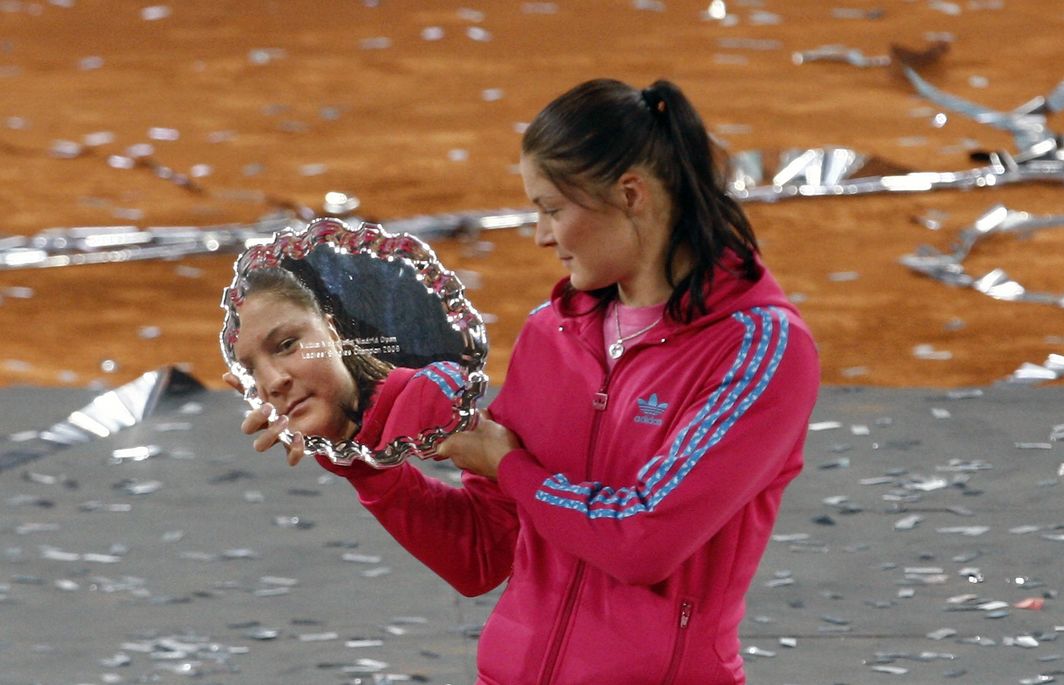
In 2009, Dinara Safina began her tenure as the WTA World No. 1 player. While she lost to Svetlana Kuznetsova in the Stuttgart final that year, she was on the cusp of a significant 16-match winning streak, a career highlight.
At 23, Safina was a powerful player who surprisingly excelled on clay. She shared, “Honestly, I adored that surface. I felt I had better chances against some major rivals, like Serena Williams, on clay because it`s slower than grass or hard courts. This gave me more confidence.”
Training primarily in Valencia, Spain, she would finish her career with an impressive 101-38 record (.727) on clay, her best surface. Unlike today, the Italian Open preceded Madrid that year. Safina reached the semifinals, facing the No. 4 seed, Venus Williams.
After dropping the first set tiebreak, Safina rallied to win 6-7 (3), 6-3, 6-4. Safina recalled, “That was the only time I beat her – otherwise, I was usually losing badly. That victory felt really good, although later that year at Wimbledon, she beat me 6-1, 6-0.”
In the Rome final, Safina comfortably defeated Kuznetsova 6-3, 6-2, making only 15 unforced errors compared to Kuznetsova`s 30. She commented at the time, “I was thinking about the three finals I`d lost this year. I really didn`t want to lose another one.”
Transitioning to the faster courts in Madrid presented a different challenge. “The hardest part is maintaining focus throughout,” Safina explained. “After winning one tournament [Rome], you`re excited going into the next. Then you have to ground yourself – get back to work, back to… suffering a bit.”
Safina dropped only one set in Madrid before reaching the final (to Lucie Safarova in the Round of 16). She had another relatively easy final, beating Caroline Wozniacki 6-2, 6-4.
“Serena lost early, which really opened up the draw,” Safina noted. “I felt I had a good opportunity. I arrived very confident and was playing well. Winning there made me very happy.”
At Roland Garros, Safina cruised into the quarterfinals, dropping only five games. However, her 16-match winning streak ended in the final against Kuznetsova.
Serena Williams (2013)
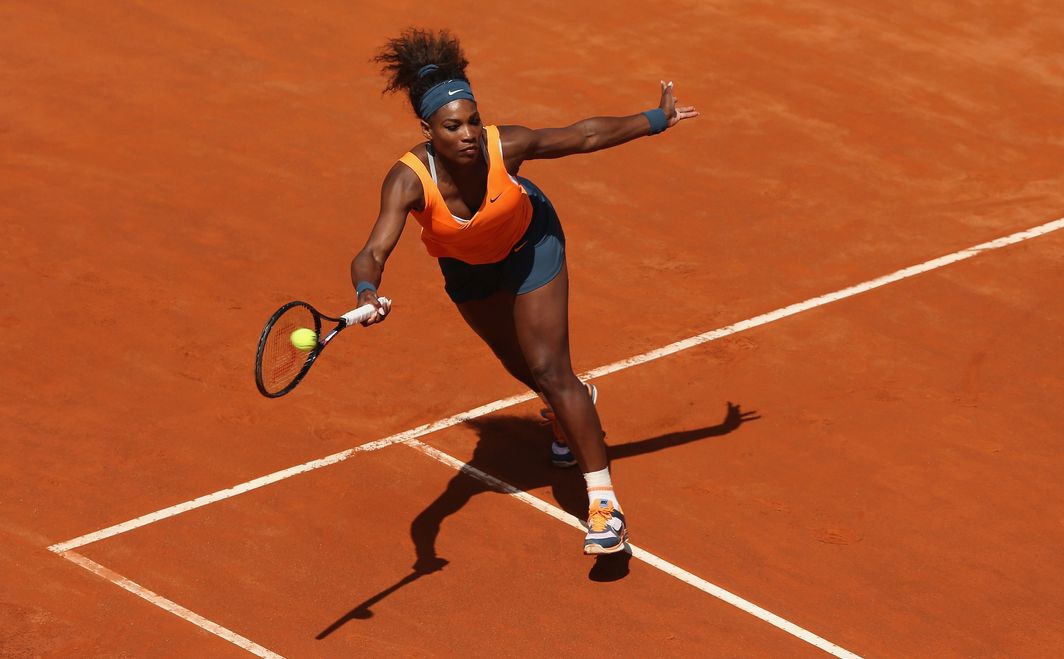
The previous year, Serena had won Madrid on the experimental blue clay surface. By 2013, the traditional red clay was back.
This period saw Serena at her absolute peak, arguably enjoying her most successful season. She had already claimed titles in Brisbane, Miami, and Charleston and would go on to win 12 titles for the year, finishing with an incredible 78-5 record (.940).
Her performance in Madrid was typical of her dominance that year; she dropped only one set in six matches, against wildcard Anabel Medina Garrigues. She advanced to the final where the No. 2 seed, Maria Sharapova, awaited, with the World No. 1 ranking also on the line.
This looked like Sharapova’s best chance to defeat Serena for the first time in eight years. Sharapova hadn`t dropped a set all tournament and was on a 25-match winning streak on red clay. Meanwhile, it was Williams’ first red-clay final in over a decade.
Despite the circumstances, Williams handled Sharapova comfortably in an anticlimactic 6-1, 6-4 final that lasted just 75 minutes. It was her 50th career singles title and her first on red clay since the 2002 French Open.
Afterward, Serena appeared at her press conference wearing a red t-shirt proclaiming “Bestest Ever.”
Smiling, she remarked, “Every time I compete, I cherish it more. I often wonder, `Honestly, Serena, when will you get tired?` I don`t know.”
Her run in Rome was equally dominant. Losing only 10 games across her first four matches, Williams then overwhelmed Simona Halep in the semifinals. This set up a final against the No. 3-ranked Victoria Azarenka, a two-time reigning Australian Open champion who had been World No. 1 for much of the previous year and had won their most recent encounter in Doha.
The final score was a decisive 6-1, 6-3 victory for Williams, marking her 24th consecutive match win and her 16th straight on clay. In her acceptance speech, she impressed by speaking quite fluently in Italian.
She would extend both winning streaks by seven matches in the following two weeks at Roland Garros, defeating Sharapova 6-4, 6-4 in the final to claim her second of three French Open titles.
Iga Swiatek (2024)
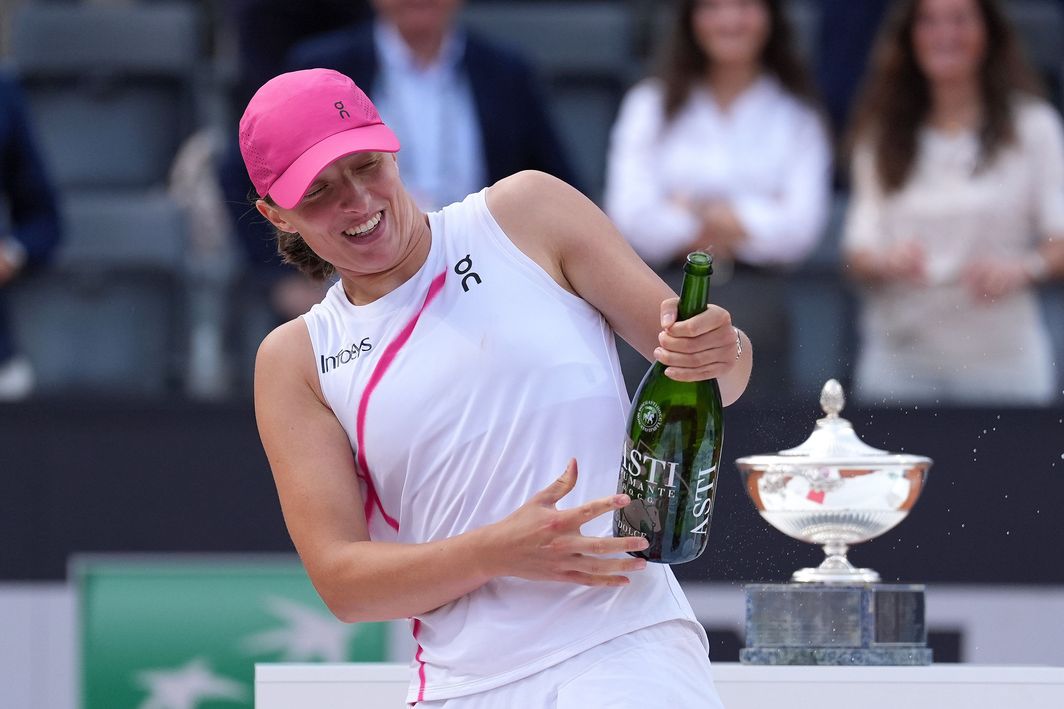
Reflecting on the 2024 Madrid final, Swiatek commented, “It`s difficult to fully recount it because few matches are so intense and played at such a high level. Finals can sometimes be lower quality than quarterfinals or semifinals due to player tension. But Aryna and I definitely put on a fantastic display. I believe the fans truly enjoyed watching it.”
Understated is perhaps an understatement. Swiatek’s 7-5, 4-6, 7-6 (7) victory over Aryna Sabalenka is widely considered the match of the year. Swiatek not only avenged her loss in the 2023 Madrid final but also saved three match points in the process.
The epic battle lasted 3 hours and 11 minutes, becoming the longest final of the year.
“That match was, yes, it was brutal,” Sabalenka said before this year’s tournament in Madrid. “It was an amazing match, even though I lost. Honestly, there`s nothing I can be upset about. I gave my best, and she simply outperformed me.”
The slower clay surface in Rome played more to Swiatek’s strengths. This time, she defeated Sabalenka 6-2, 6-3 in the Internazionali BNL d`Italia final. This marked Swiatek’s third Rome title in four years and extended her head-to-head record against Sabalenka to 8-3.
Furthermore, it was Swiatek’s eighth consecutive victory in a championship final.
“I knew that if I dedicated myself and maintained the right mental approach, this was achievable,” Swiatek told reporters. “I’m proud of my focus and discipline throughout the tournament which allowed me to do it.”
Rome joined Roland Garros and Doha as tournaments where Swiatek has been crowned champion three times.
“For sure this match felt a bit different from Madrid,” Swiatek observed. “I felt I was applying a lot of pressure. I simply kept doing that for the entire match. I’m really proud of myself and very happy.”

